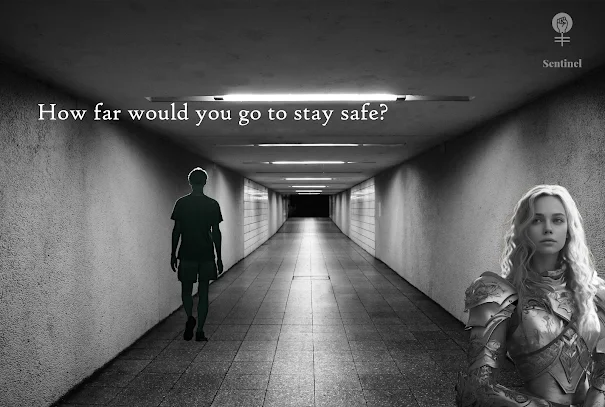I will begin my research with Mikiko Hara, mainly as I have not investigated her work previously and I very much want to photograph objects and things within my project. Hara uses a German-made Ikonta from the 1930s and as I am using film photography through the Polaroid I felt an affinity to this artist. The images Hara takes are in snapshot style; 'She [Hara] photographs the nonchalant figures of fleeting passersby, as well as the landscapes and material things that emerge and disappear before her eyes wherever she goes' (IBASHO, 2024) The idea of fleeting moments, things, objects, people are important and made more so by their capture. The image below of a room, too small and containing the three young men, reminds me somewhat of a frame by Bill Brandt with a Miner and his wife at a table. Their whole life was in the frame and here these young men's life surrounds them in this small space where they live and eat and sleep. They are packed into the frame and the gentle light makes these; 'intriguing images are printed from colour negatives made with a classic camera originally designed for monochrome films, adding a distinctively soft tonality and texture.' (Yoshinaga, 2024). The softness is in contrast to the chaos of the small space, the young man sleeping looks as if he passed out uncomfortably exhausted in this odd position while the other young men one dressing, the other eating pay no mind to each other clearly used to this existence, maybe thinking that this will not be forever. However, now in this image, it is for eternity.
In this next image by Hara from the series 'Small Myths' (2022) Hara captured passerbys and things without the awareness of the subjects, her camera hidden, 'Yet, these portraits reveal something infinitely personal, as if the photographer and her subjects were bound by an invisible pact' (IBASHO, 2024) It can seem like that in the image as if the image were meant to exist. The image below of the boy standing by the bed, looks ghostly, angelic and so still as if asleep. I remember my own child when he was very young and could not sleep or had a bad dream just standing by my bed in this way (used scare me so much, to awake to find him just standing there). Again the soft colours and gentle light are present and in the frame the domestic environment seems to hold the boy in place within the frame.
Soto states of Small Myths that; 'Hara’s personal vision full of authenticity and intimacy is established throughout a lively sequence of pictures, regardless of whether they were taken in her living room or the streets of Japan.' (Soto, 2023) and this is certainly true it does feel as if by looking at these images we are intruding in a personal moment, even in the image below of the pear, it feels intimate and personal. Small Myths is work made over two and a half decades (Colberg, 2023) Colberg argues that Hara' photography; 'is based on connecting with things and people, on being in and with the world — and not on extracting pictures.' (Colberg, 2023) I think this is important as pictures that are good come from an understading a connection to teh subject in some way and taht is what I am hoping to achieve in my own work.
I am unsure what I will photograph, I have ideas and thoughts but nothing concrete and with this in mind I took a few practice shots, I thought that they were overexposed and I have not quite understood the idiosyncrasies of the camera yet (all cameras have their quirks!) The practice shots here are just called 'Sunday Morning' these were shot using the manual polaroid with I-Type black and white film. I used settings of F16, 1/125 and I adjusted the exposure compensation. I used a tripod and the self-timer function
I will experiment further with my own images and I particularly like the idea of working with the tonality of the colour film and will try to explore this further.
References
Colberg, J.M. (2023). Small Myths. [online] Conscientious Photography Magazine. Available at: https://cphmag.com/small-myths/ [Accessed 20 Oct. 2024].
IBASHO. (2024). Mikiko Hara - Series. [online] Available at: https://ibashogallery.com/artists/46-mikiko-hara/ [Accessed 20 Oct. 2024].
Soto, A. (2023). Mikiko Hara - Small Myths. [online] c4 journal. Available at: https://c4journal.com/mikiko-hara-small-myths/ [Accessed 20 Oct. 2024].
Yoshinaga, M. (2024). Mikiko Hara - Photography Artist. [online] Miyako Yoshinaga. Available at: https://miyakoyoshinaga.com/artists/mikiko-hara/overview/ [Accessed 20 Oct. 2024].




























